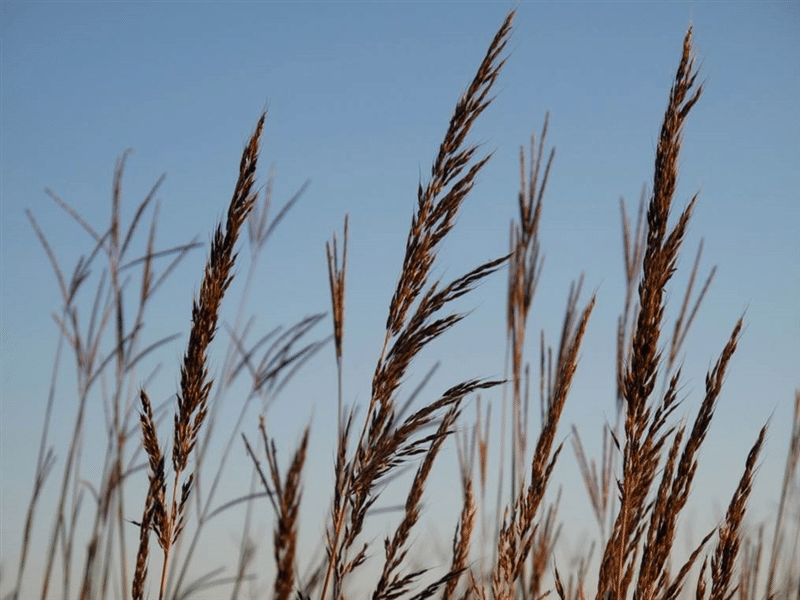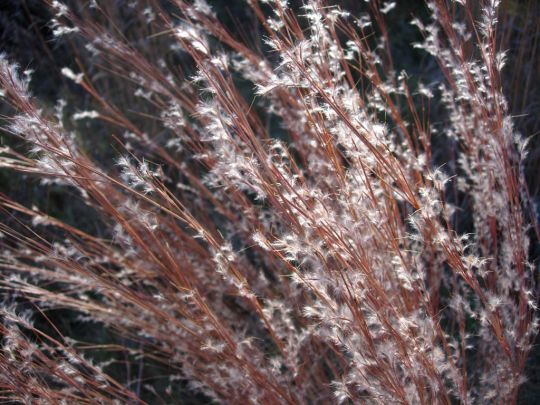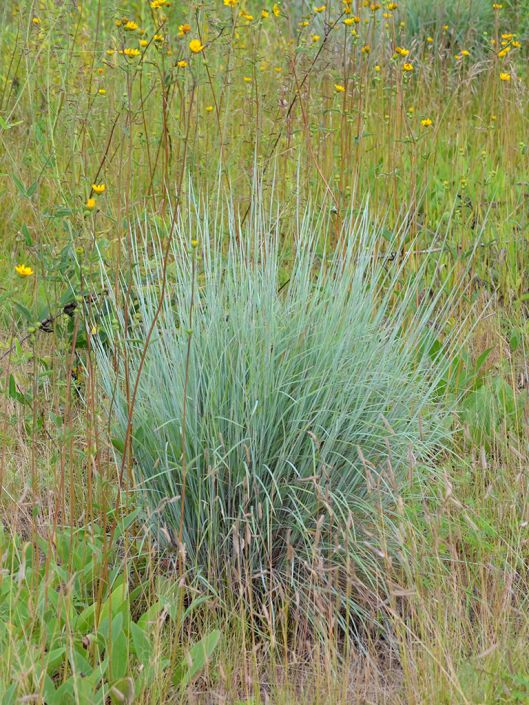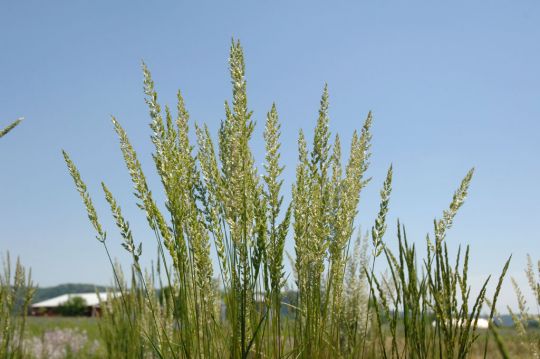Description
Indian grass is a warm season native perennial grass which typically occurs in prairies. It was one of the dominant grasses of the tallgrass prairie which once covered large parts of the Midwest. Typically grows 3-5′ tall (less frequently to 6′) and is noted for its upright form and blue-green foliage. It forms upright clumps (to 2-3′ tall) of slender, blue-green leaves (to 1/2″ wide and 2′ long). Foliage turns orange-yellow in fall and usually retains hints of color into the winter. Stiff, vertical flowering stems, topped with narrow, feathery, light brown flower panicles (to 12″ long) highlighted with yellow stamens, rise well above the foliage clump in late summer to 5-6′ tall. Panicles darken to bronze/chestnut brown in fall as they mature, later fading to gray. Panicles continue to provide some interest well into winter.
Indian Grass is one of the first warm season grasses to form seeds.. Golden stems and large seed heads provide ample color and texture to plantings and birds will enjoy the seeds come fall. Plants are wind-pollinated. Indian Grass can be aggressive, spreading by rhizomes, so is not suited for very small landscapes. Different species of grasshoppers and caterpillars will feed on the blades of Indian Grass; in turn these insects are important food sources for upland game birds and song birds, where they will also find ideal nesting habitat in stands of tall prairie grasses such as Indian Grass.
Easily grown in average, dry to medium, well-drained soils in full sun. Tolerant of a wide range of soils including heavy clays. Does well in poor, dry, infertile soils. Tends to open up and/or flop in moist, rich soils however. May naturalize by self-seeding in optimum growing conditions.











